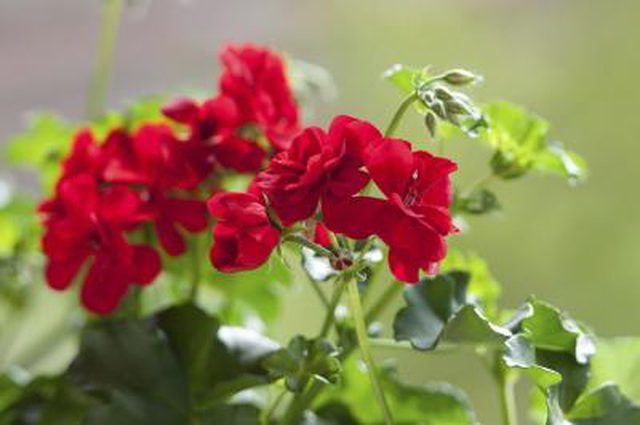Bulbs
Flower Basics
Flower Beds & Specialty Gardens
Flower Garden
Garden Furniture
Garden Gnomes
Garden Seeds
Garden Sheds
Garden Statues
Garden Tools & Supplies
Gardening Basics
Green & Organic
Groundcovers & Vines
Growing Annuals
Growing Basil
Growing Beans
Growing Berries
Growing Blueberries
Growing Cactus
Growing Corn
Growing Cotton
Growing Edibles
Growing Flowers
Growing Garlic
Growing Grapes
Growing Grass
Growing Herbs
Growing Jasmine
Growing Mint
Growing Mushrooms
Orchids
Growing Peanuts
Growing Perennials
Growing Plants
Growing Rosemary
Growing Roses
Growing Strawberries
Growing Sunflowers
Growing Thyme
Growing Tomatoes
Growing Tulips
Growing Vegetables
Herb Basics
Herb Garden
Indoor Growing
Landscaping Basics
Landscaping Patios
Landscaping Plants
Landscaping Shrubs
Landscaping Trees
Landscaping Walks & Pathways
Lawn Basics
Lawn Maintenance
Lawn Mowers
Lawn Ornaments
Lawn Planting
Lawn Tools
Outdoor Growing
Overall Landscape Planning
Pests, Weeds & Problems
Plant Basics
Rock Garden
Rose Garden
Shrubs
Soil
Specialty Gardens
Trees
Vegetable Garden
Yard Maintenance
Why Are My Geranium Leaves Turning Red?
Why Are My Geranium Leaves Turning Red?. When summer approaches, garden centers brim with colorful geraniums (Pelargonium spp.) ready to brighten hanging baskets, window boxes and sunny borders. Grown throughout the United States as an annual, this tender perennial is hardy in U.S. Department of Agriculture plant hardiness zones 10 and 11....

When summer approaches, garden centers brim with colorful geraniums (Pelargonium spp.) ready to brighten hanging baskets, window boxes and sunny borders. Grown throughout the United States as an annual, this tender perennial is hardy in U.S. Department of Agriculture plant hardiness zones 10 and 11. Geraniums grow quickly, flower profusely and delight seasoned and beginning gardeners. If your geranium's foliage turns red, a few simple fixes can get the problem under control.
Understanding the Warnings
Red geranium leaves signal the plant is stressed in some way. This may be because the plant is receiving too much water or too much sunshine, or has been planted outdoors too early or in mineral-deficient soil. Geraniums that are planted too close together also tend to develop red leaves. Diagnosing the problem requires examining your geranium's care, and adjusting your regimen accordingly.
Checking Moisture
Red leaves are often caused by geraniums receiving too much water. These plants tolerate drier soil, and should be planted in well-draining pots and kept barely moist. Potted geraniums often suffer from sitting in full saucers and getting waterlogged. Red leaves develop. Always let water run through the pot. Then dump all the excess from the saucer. If overwatering or waterlogged conditions are not corrected, the red geranium leaves begin to drop.
Addressing Light
Geraniums love sunshine, but intense rays can sometimes be too much. When placed in sites where light is too strong, geranium leaves turn red as a defense. The oldest leaves are affected first. Moving potted plants into semi-shaded areas or providing shade during early afternoon, when sun is hottest, remedies the situation.
Managing Cold
Cold weather turns geranium leaves red, especially when plants are set out too early in the year. Plants that have been grown indoors from seed or as cuttings should be exposed to colder outdoor conditions gradually. If your geranium leaves turn red right after outdoor planting or relocation in spring, it likely is because of cold. In fall, red leaves signal evenings are chilly. It is time to move geraniums back to the greenhouse or to take cuttings for next year.
Handling Nutrition
Fast-growing geraniums have small root systems that are vulnerable to deficiencies of phosphorus and trace minerals. Treat slow-growing, red-leaved plants with a high-phosphorus liquid fertilizer every two weeks during the growing season. For example, mix 1 tablespoon of water-soluble, 5-15-15 fertilizer with 1 gallon water to offset deficiencies and encourage blooms. Cold temperatures inhibit the uptake of trace minerals in geraniums, so correct any cold temperature issues before you treat.